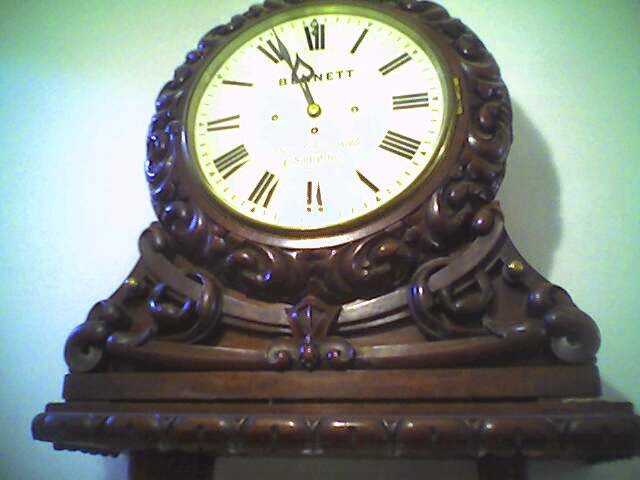Having drawn a blank as to where Peter Treveris printed his pioneering Great Herbal, I rang the local studies Library, in Southwark, and Patricia was able to track down a reference Treveris working at the 'Sign of the Three Widows'. As to why his title page says 'Wodows' we don't know. We had no luck finding out where in Southwark the 'Sign of the 3 Widows' was however. Patricia used British History Online Old and New London Volume 6 which is about Southwark, and in the Inns section is this: 'Another inn, called the "Three Widows," was probably a perversion of the "Three Nuns"—the ignorant people after the Reformation confounding the white head-dresses of the religious sisterhood with those of disconsolate relicts. Here, "at the 'Three Widows,' in Southwark," a foreigner, Peter Treviris, in the early part of the sixteenth century, set up a printing-press, which he kept constantly at work for several years, as...



